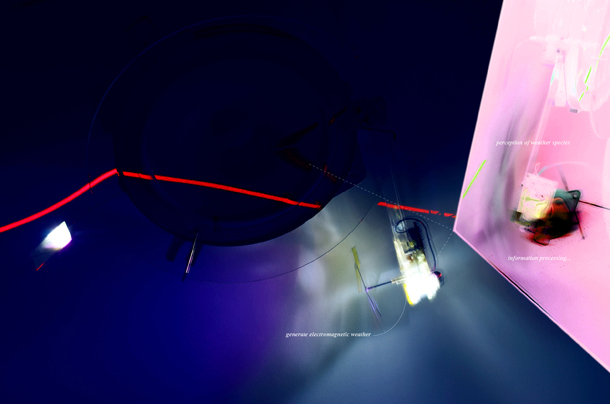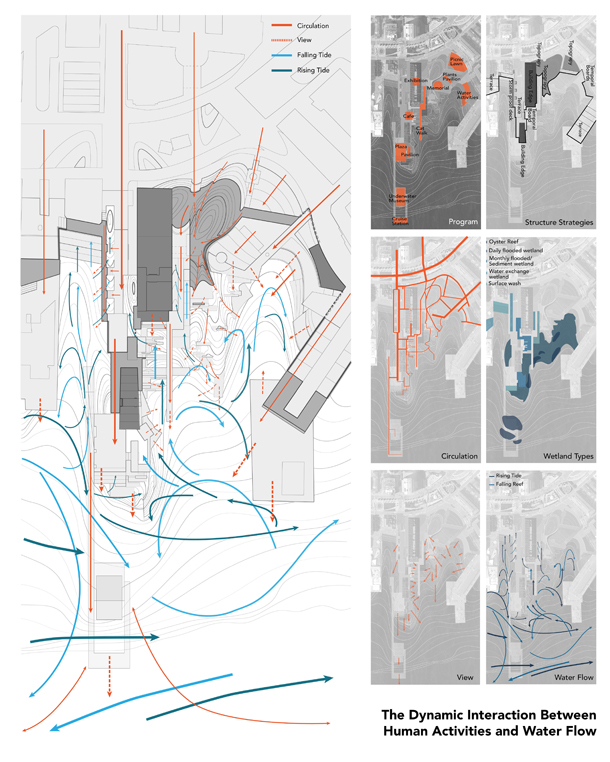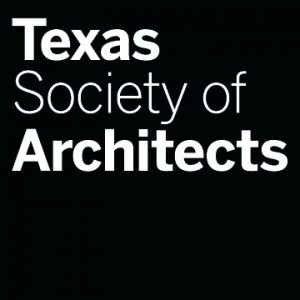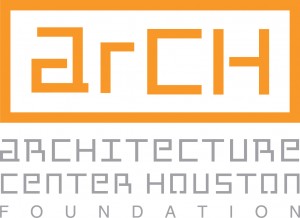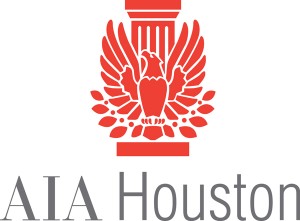FOR IMMEDIATE RELEASE
Announcing the 2015 Expanded Environment Award Winning projects.
- First Place: Lullaby of Weather Species, by Suo Ya
- Second Place: In Praise of Dust by Young-Tack Oh
- Third Place: Walk into the Sea By Zhi Wang
Each project displays a striking and unique response to the competition call. The 2015 Runners Up were “Two Rule Architecture School” by Eugene Tan, “The Collector” by Will Fu, and “Jekyll and Hyde” by Yu-Lun Hsu. Congratulations to all of our competitors!
As always we need to give a great deal of thanks to our esteemed Jury as well as our competition sponsors. More information about them and their excellent organizations are list below.
1st Place: Lullaby of Weather Species, Ya Suo
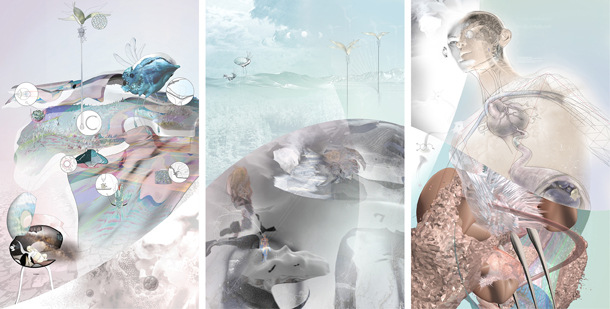
Competition Statement: Darwin once commented that the control over fire, as one of the earliest technology acquired by human, was “probably the greatest (discovery), excepting language, ever made by man”. [1] With fire, humans are able to defend themselves against natural weather and danger as well as to nurture. The role of language, in Darwin’s comment, is even greater than fire. With language, humans can exchange ideas and emotions through visual, acoustic, or haptic means of perception.
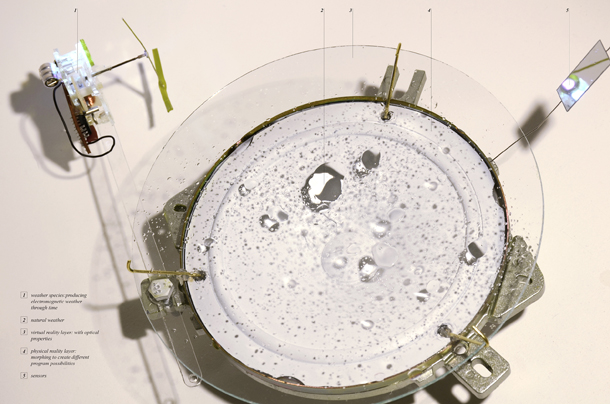
Having our surrounding weather and species expanded, we are able to conceptualize architecture and ecology in a different way. This is an expanded ecology that approximates architecture without an actual building form, which allows the space to change over time in a more flexible manner.
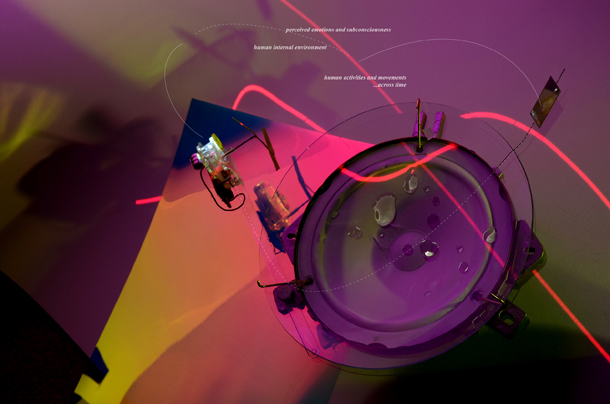
From the discussion above, we are able to draw similarities between the human-computer interaction and human-building interaction. In human-computer interaction we experience through units/fragments, always on the exterior of objects. While in the human-building interaction we experience the interior of one huge object. This project imagines what this expanded ecology can do with a futuristic perspective.
Jury Comments:
“I very much support this idea of connecting architectural environments with weather or local micro climates. This concept has a high potential of one day being a real technological advancement with very interesting and pleasurable possibilities. It will also trigger a series of multidisciplinary applications across architecture, technology, material science, bio engineering and the built environments.”
“The notion of an apparatus, a weather species apparatus (the “YaSu construct”), that can operate between and around things and beings, in intriguing. Difficult to do but made almost persuasive here. A strongly imagined concept.”
2ND Place: In Praise of Dust, Young-Tack Oh
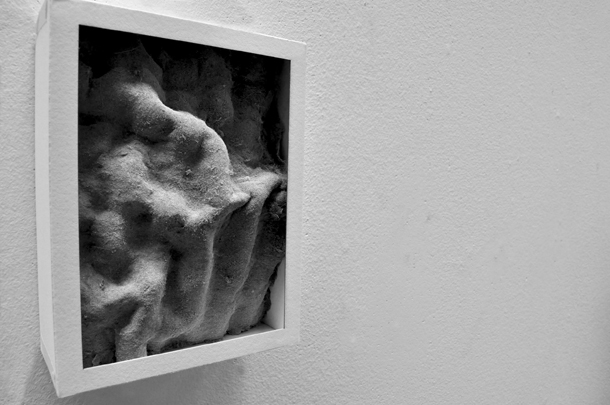
Competition Statement: What exactly is dust? Aided by Dr. Pilar Herrera-Fierro an extensive array of samples had been collected to view under various microscopes. However, the true origin and composition of the sample was untraceable. Reverse engineering the process and examining samples with known source emissions proved that different types of dust index related activities. Each and every minor acts of occupation produces some form of dust- When you put on make-up, break bread, smoke, file your nails, shave, even when you draw a line. The explication of dust cannot be simple or reductive, when it is very much a part of the human condition.
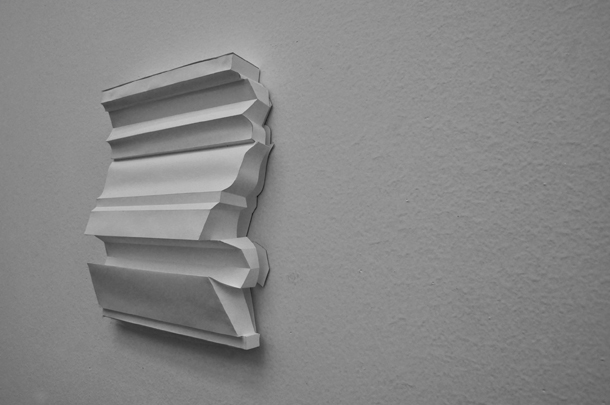
Despite increased visibility into dust, attempts to categorize it remain divided. The WHO summarizes as “solid particles, ranging in size from below 1 µm up to at least 100 µm, which may be or become airborne, depending on their origin, physical characteristics, and ambient conditions.” Dust is broken down into three subcategories. There is nuisance dust and inhalable dust. But the contemporary focus has been particularly on respirable dust which is smaller than 2.5 µm and takes 7 days to settle on the ground. It can potentially infiltrate into the lungs, to which the exact effects on the body are still being researched. Nonetheless, dust is rarely talked about in material terms. The myth of cleaning renders it unspecific, nothing definite. It achieves what Otero-Pailos calls ‘universality,’ since we are only able to conjure up very limited and banal images of dust. When the human eye can only see to about 40µm its perception is a much subtler endeavor. We are still suddenly and unexpectedly disgusted by it.
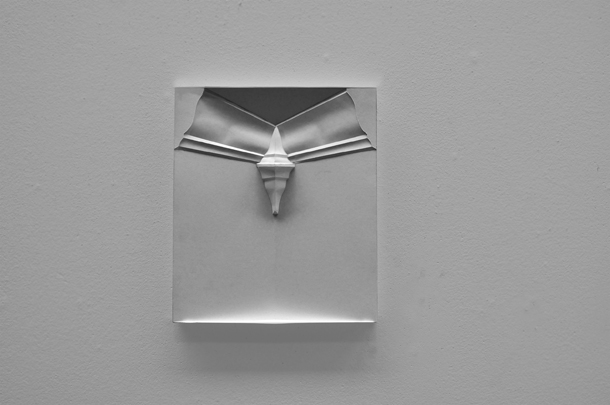
Our apprehensions of dust are not without reason, but are certainly misguided and flawed. To clean is to merely leave bare. If dirty/dusty is matter out of place, then broadly speaking, it means disorganized. How could the unassuming patterns of dust be registered in places we often neglect? Cosmos, from the Greek kosmos, means “order” and “arrangement,” while kosmein, the verb, means “to deck, adorn, or dress. The architectural ornament became an interface to incite and organize dust; to let it accumulate on expected places, as matter in place, which may proliferate architecture from unwarranted anxieties. As David Gissen puts it, “rather than a refuge from, architecture, becomes a context through which we come into contact with the degraded and amorphous historical matter.” Electrostatics can be used to attract dust onto surfaces and bodies. It can also be molded and twined. These three techniques were explored, some in more detail, to bolster the symbolic value of a matter we commonly claim to know so much about. A deeper and more exhaustive analysis gives us a more informed perspective on what it is and who we are. After all, what is dust, if not the salt from your tears or the graphite from the tip of your pencil? We depend heavily on dust.
Jury Comments:
“The topic of dust seems particularly fitting for the expanded environment and I appreciated the historical research that went into this new mode of ornament.”
“Interesting concept – dust is certainly a monster in today’s society, but not very well understood…I’ve never considered that a central goal of internal architecture might be to prevent dust accumulation, which makes the idea of using design elements to attract and manipulate dust revolutionary.”
3rd Place: Walk into the Sea, Zhi Wang
Competition Statement: The site is a group of piers sitting to the east of downtown Boston. The downtown was built on fill land that will be totally submerged by storm water in 2050 or high-tide water in 2100.
The “monster”, the Long Wharf, is part of the typical water-edge condition in Boston and has a very integral relationship with urban life. There is a push-pull relationship between urban and nature on Boston’s piers. In the 19th century, when Boston relied on the trading port, the Long Wharf was the starting point of urban growth expanding inland. In the 20th century, when industry began to diminish, the renewed urban area expanded back onto the piers creating commercial and entertainment activities. Now in the 21st century, the period threatened by flood, the piers can be used as a solution. In my proposal, the Long Wharf will be a filter that will stop the flood, but allow the expanding force of both urban growth and natural environment.
There is a paradox in this design: The hard structure is softened; the seawall is permeable; and the designed structure is transparent, while the problem of sea-level rise is visible. It will imply a contrast of manmade infrastructure and natural environment, a contrast of entertainment atmosphere and terror of sea power, a contrast of the magnificence and vulnerability of human culture.
There is a walkway beginning at Quincy Market winding through the hybrid structure area and extending into deep water. It has an intimate relationship with a pleasant environment at the hybrid gathering space, and it turns narrow, deep and looks vulnerable when it extends further toward the sea. There is an underwater museum at the end of a floating deck. People will see the beautiful sea grasses and fishes while simultaneously seeing how fast and dynamic the water moves around them. There is a hybrid structure gathering space, which grows and changes by collecting sediments once a month. There is a sloped plaza at the end. The waves washing up make the boundary invisible and weaken the hard feeling of the infrastructure. There is a music pavilion and a gathering space that would be flooded once a month by the astronomical high tide. By making some pleasant places unusable some time, people can become aware of the rising sea level and how it really is changing their lives.
Jury Comments:
“Clear and concise written statement / project graphics and design are strong, clear and support the thesis of the project / I like the infrastructural scale of the project and the various scales and systems that it deals with / Solid project”
“… we have seen many different versions of this project over the last 5-10 years in architecture and landscape programs. But here it is more meticulously considered and thus quite persuasive. Its utopian aspect—that even one of the most powerful parts of nature, the ocean, can be sublimated into a pleasant landscape—is somehow forgivable because of its careful attention to the details of such a project.”
MONSTER is supported with much thanks from the following organizations:

